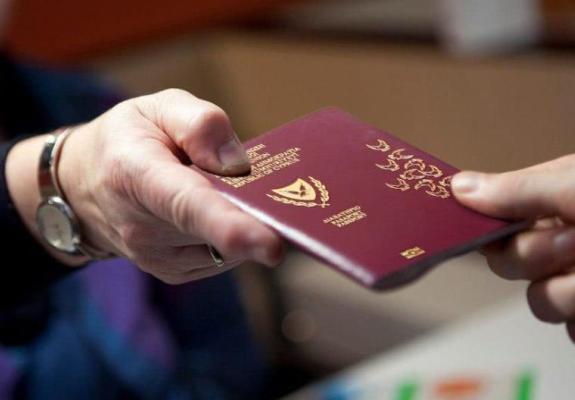Household Consumption Expenditure in Cyprus Rose by 11.8% in 2022
According to Data Released by Eurostat
Household final consumption expenditure in Cyprus witnessed a significant increase of 11.8% in 2022 compared to 2021. This rise sharply contrasts with the average EU increase of 4.7%, as reported by Eurostat, the statistical service of the European Union.
In 2020, a notable decline was observed in Cyprus, with this indicator falling by 15.9% from 2019, following a modest increase of 2.1% in the previous year. However, it rebounded strongly in 2021 with a 13.6% increase.
Similarly, the EU experienced a decline in this indicator in 2020, dropping by 7.9% from 2019 after a 1.5% increase in the prior year. The trend reversed in 2021, with an annual increase of 4.8%.
In 2022, compared to 2021, there was a marked growth in household consumption for goods and services within the EU. This rebound was particularly noteworthy for sectors that experienced unprecedented drops in 2020 due to the COVID-19 pandemic.
Specifically, expenditure for restaurants and hotels surged by 33.8% in volumes. Recreation and culture saw a 14.7% increase, clothing and footwear by 11.5%, and transport by 4.7%. However, there were decreases in spending for food and non-alcoholic beverages (-3.1%) and alcoholic beverages and tobacco (-1.0%).
In Cyprus, provisional data for 2022 shows substantial increases in several sectors. Expenditure for restaurants and hotels rose by 27.9%, transport by 14.1%, clothing and footwear by 11.9%, and recreation and culture by 11.4%. Notably, there were also increases in spending on alcoholic beverages and tobacco (6.1%) and food and non-alcoholic beverages (5.0%).
Despite these gains, some categories in the EU still lagged behind their pre-COVID figures in 2022. Notably, household consumption remained below 2019 levels for transport (-7.8%), restaurants and hotels (-2.4%), and education (-1.5%).

Furthermore, in 2022, people in Cyprus saved an average of only 6.5% of their disposable income, a figure notably lower than the EU average of 12.7%. This data comes from the annual non-financial sector accounts published by Eurostat.
The saving rates in Cyprus were significantly lower than those in 2021, which were 13.47% in Cyprus and 16.4% in the EU. These figures are more aligned with pre-COVID-19 pandemic levels, which were 5.8% in Cyprus and 12.3% in the EU in 2019.
In the same year, the highest gross saving rates among EU members were recorded in Germany (19.9%), the Netherlands (19.4%), and Luxembourg (18.1%).
Cyprus was among the 12 EU members with saving rates below 10% in 2022. Notably, Poland and Greece reported negative rates of -0.8% and -4.0%, respectively, indicating that households in these countries spent more than their gross household disposable income, thus resorting to accumulated savings or borrowing.
In 2022, the real gross household adjusted disposable income per inhabitant in the EU decreased by 0.8%, marking the first decline since 2013. The euro area experienced a similar trend with a 0.9% drop.
Conversely, Cyprus saw a marginal increase of 0.04% in this rate, according to provisional data. This contrasts with the significant increases seen in previous years (7.9% in 2019, 1.9% in 2020, and 7.0% in 2021), following a period of growth that began in 2015 after two years of declines in 2013 and 2014 (-3.8% and -5.5%, respectively).
Reviewing the past two decades, after the negative rates between 2010 and 2013 due to the global financial and economic crisis, Cyprus's real gross household adjusted disposable income per inhabitant has been on an upward trend from 2014 to 2021.
In 2020, the rate of change slowed during the initial year of the COVID-19 crisis but remained positive. Following a record 2.8% growth in 2021 – the highest in two decades – 2022 saw an increase in nominal value (+6.3%) that was outpaced by the rise in prices (+7.2%), resulting in a real value decrease.






